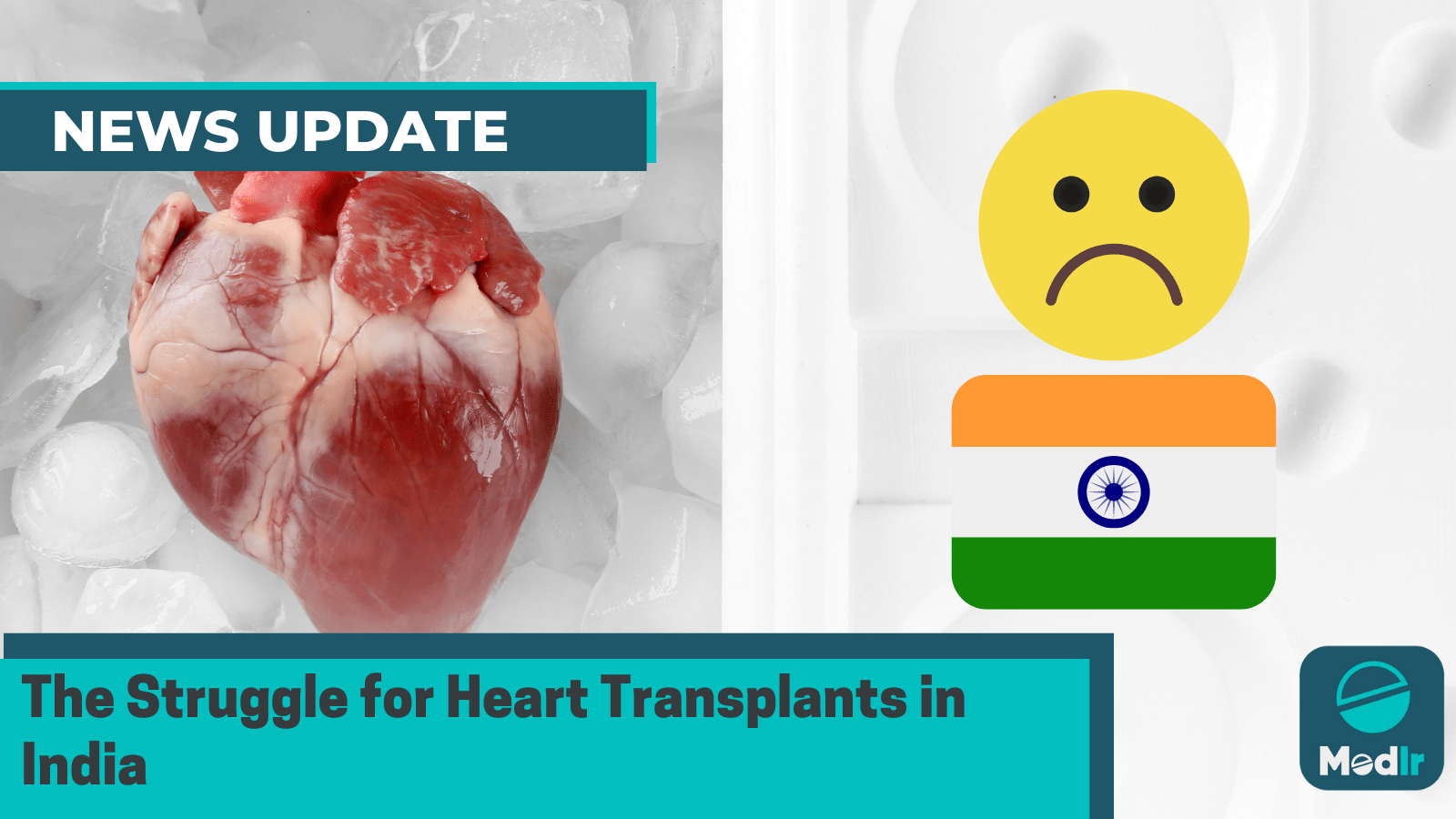The Struggle for Heart Transplants in India
Written by Shaveta Arora, Arushi Sharma
Experts reveal that only 0.2% of the 50,000 people in India needing heart transplants get suitable donors.

India needs 50,000 heart transplants annually, but only 0.2% receive suitable donors. National Heart Transplant Day discussed alternative options for those awaiting donor hearts.
AIIMS in New Delhi performed India's first heart transplant in 1994, but donor heart availability remains limited, causing a surge in patients seeking healthy hearts.
Why is Heart Transplant Difficult?
Dr. Sandeep Seth, Professor of Cardiology, AIIMS said -
"Each year, about 90-100 transplants are conducted. However, this number is very miniscule, considering the number of patients who are waiting for healthy hearts. In India, of the 50,000 people who need heart transplants each year, only 0.2 percent receive transplants."
Dr. Atul Limaye, Senior Consultant-Interventional Cardiology, Fortis Hospital, Mulund added -
"For a majority of the patients who are either ineligible for a heart transplant or who cannot get a heart transplant immediately, the alternative is to keep them on medical therapy for the maximum period possible. But in most cases by the time patients reach a position where a heart transplant is recommended, they are unable to take the customary oral medicines (tablets) in the required high doses to help augment heart function. Therefore, alternate strategies are needed while they are waiting for a heart to become available."
Nurses can administer intravenous medications like Dobutamine or Milrinone at home. For intensive intervention, patients may require a surgically implanted artificial heart called a Left Ventricular Assist Device (L-VAD). This self-contained pump, connected to rechargeable batteries, takes over the heart's function, improving outcomes.
Dr. Seth explained that a transplant, on the other hand, can add an average of 10-20 years to a patient's life. However, he pointed out that these support devices require significant care and maintenance and are also susceptible to infections and clotting/bleeding issues. As a result, they serve as a bridge to keep the patient alive until a heart transplant becomes available. The waiting time for a donor heart varies, and currently in India, it ranges from 3 months to 1-1.5 years. Once the recipient's name is on the waiting list, the search for a suitable donor heart commences.
Dr. Seth said -
"There are many factors that come into play after a heart becomes available from a donor, and before a transplant can be conducted. This includes matching the donor heart to a suitable recipient (in terms of blood type, tissue compatibility, and size). The recipient also undergoes a thorough evaluation to assess their overall health, suitability and readiness for the transplant."